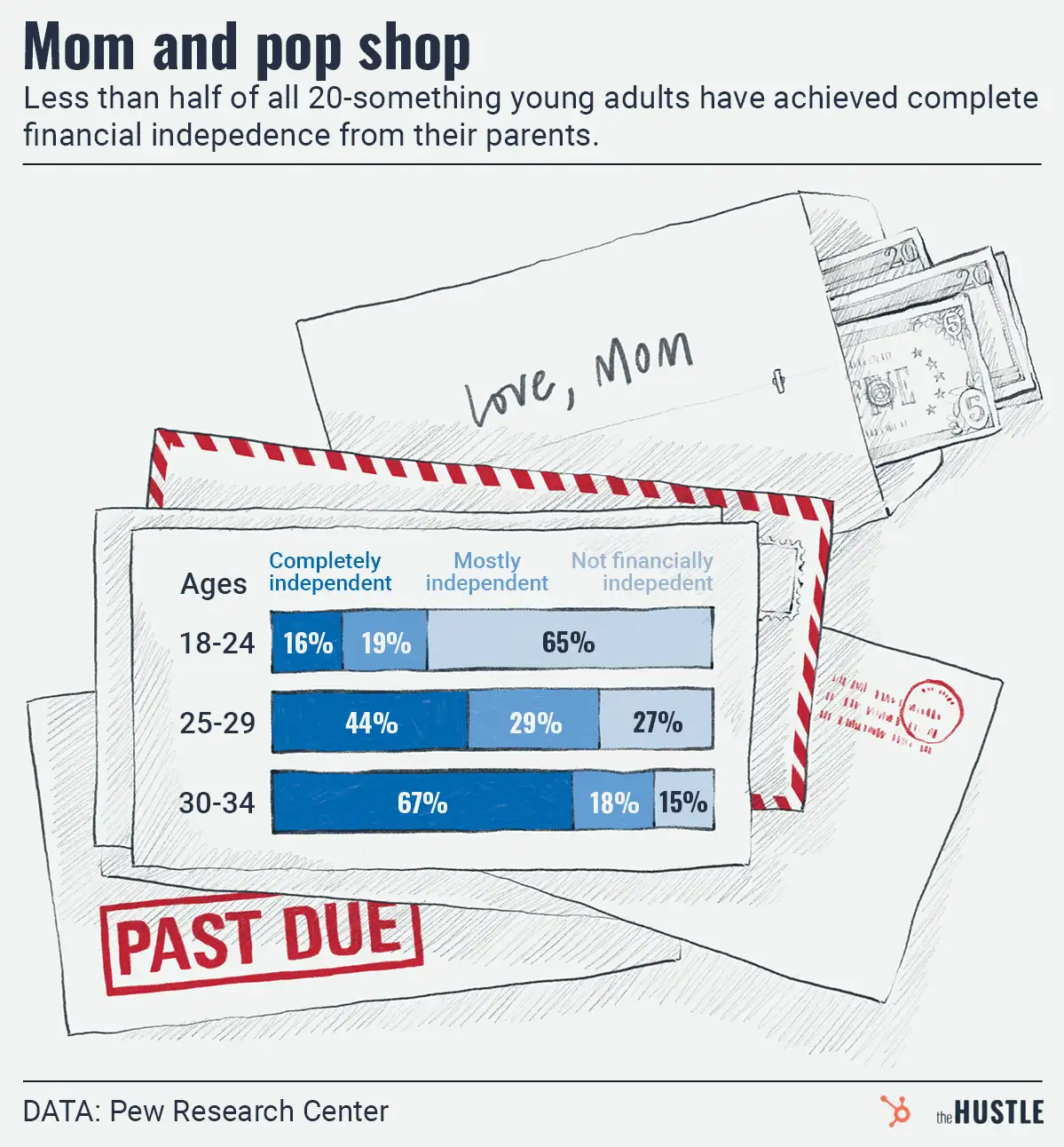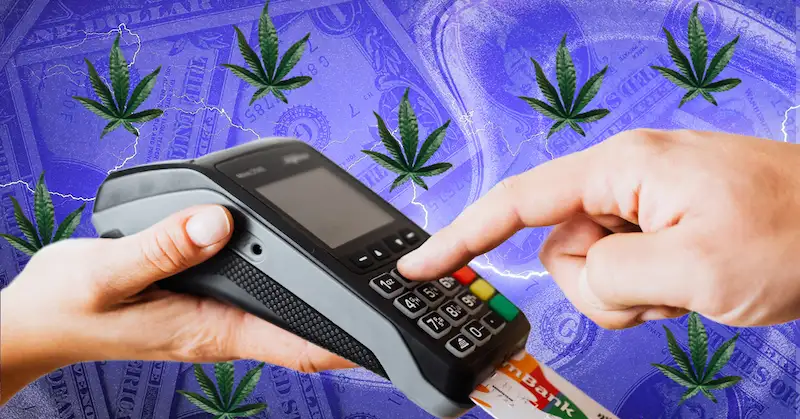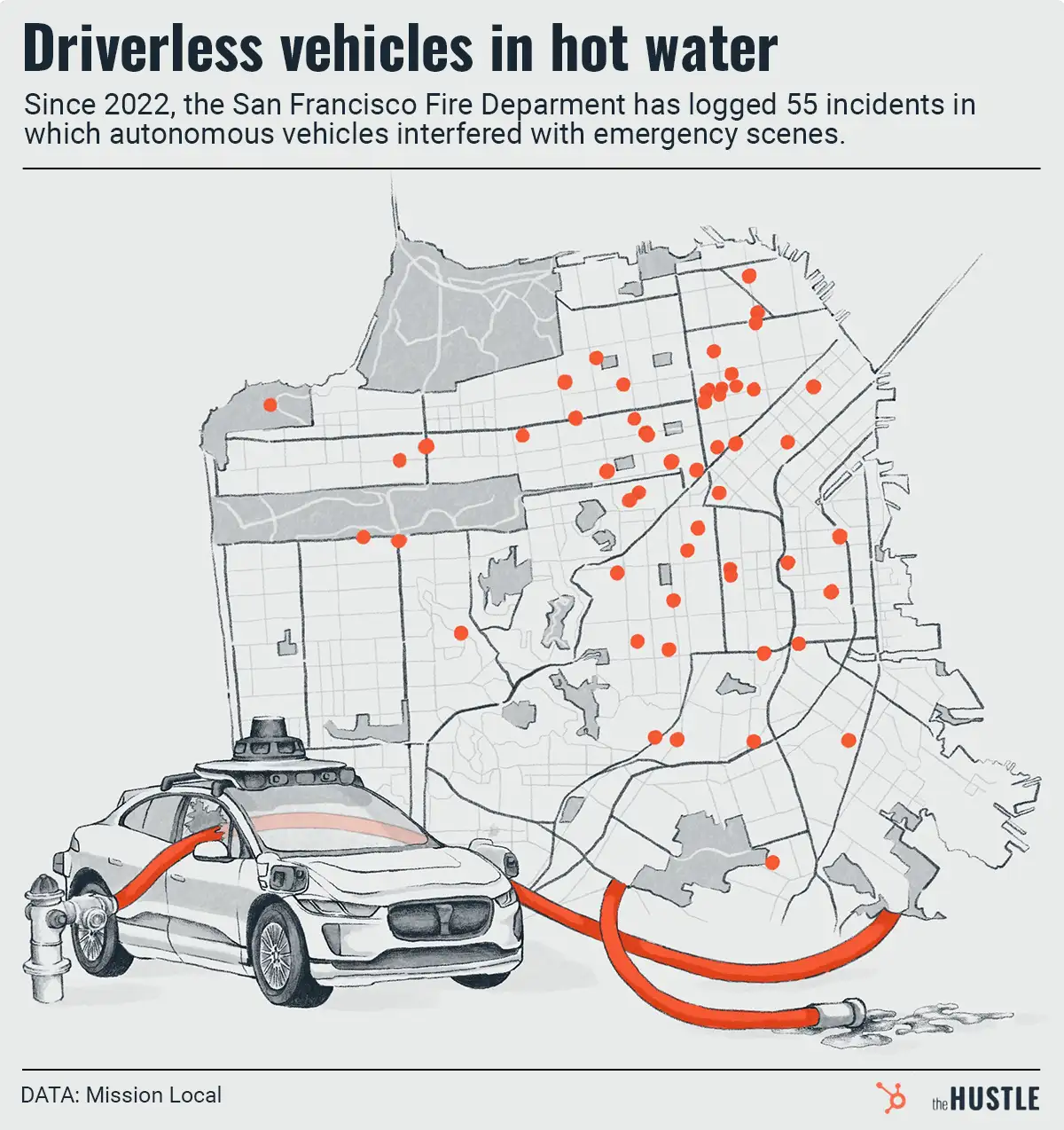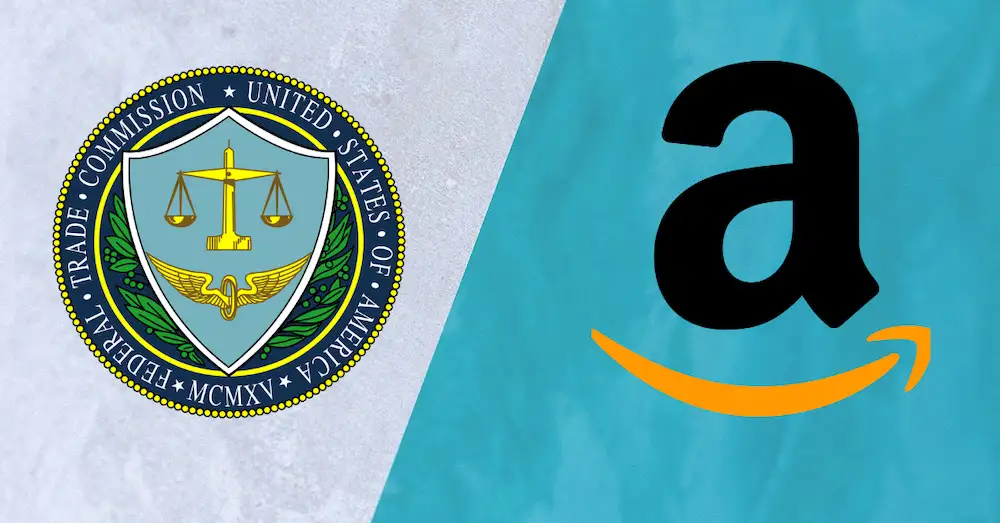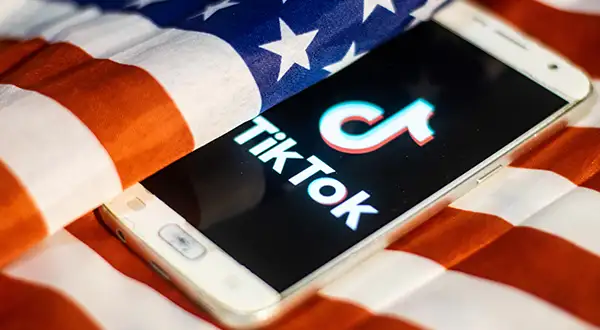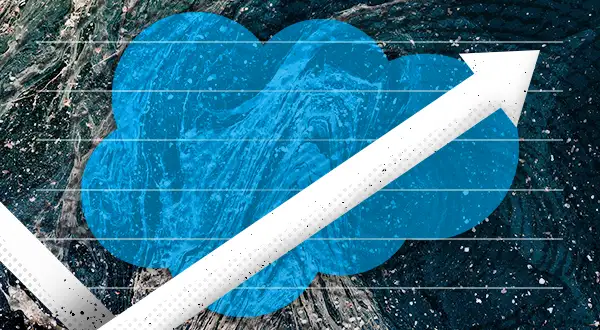If you live in an apartment building with coin-operated laundry, then you probably know how hard it is to get quarters these days.
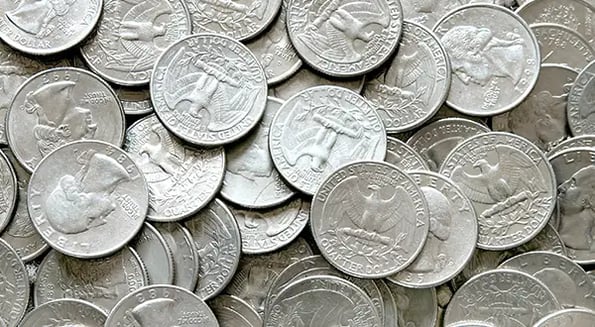
But according to the US Mint, we don’t have a coin shortage but “a circulation problem.” And it’s been ongoing since spring of 2020.
What’s the deal?
Cash transactions were already on the decline in 2019 as consumers switched to electronic payments. The pandemic exacerbated this as retailers and consumers turned to online shopping or contact-free card and app transactions.
When people did make the rare cash purchase, they were more likely to keep their change than use it in a subsequent transaction.
The US Coin Task Force, formed specifically to address the issue, reported in May 2021 that much of the nation’s $48.5B in coins were sitting in America’s 128m households.
Meanwhile, the inability to get change hurts:
- People who rely on cash transactions, such as those who don’t have traditional banking accounts or smartphones
- People who need coins for laundry, vending machines, or meters — one Boston man said he tried multiple Bank of America branches to find quarters for laundry and came out empty-handed
Minting more coins won’t help
In 2021, the Mint produced 14.5B coins, and is on pace to produce another 13B this year, Todd Martin, deputy chief of corporate communications for the US Mint, told The Hustle.
But new coins typically account for less than 20% of coins in circulation each year.
And because the majority of coins still circulate through the economy via transactions and coin recycling, the Coin Task Force is urging consumers to do their part to “get coin moving.” That means:
- Using exact change when making a purchase
- Exchanging change at banks or kiosks
If you’re stuck with coin-operated laundry, you could ask your landlord or local laundromat to consider switching to a digital system.
Matt Miller, president of Coin-O-Matic, a company that equips laundry machines with payment systems, told The Wall Street Journal that demand for digital payment options has about doubled since the pandemic.

